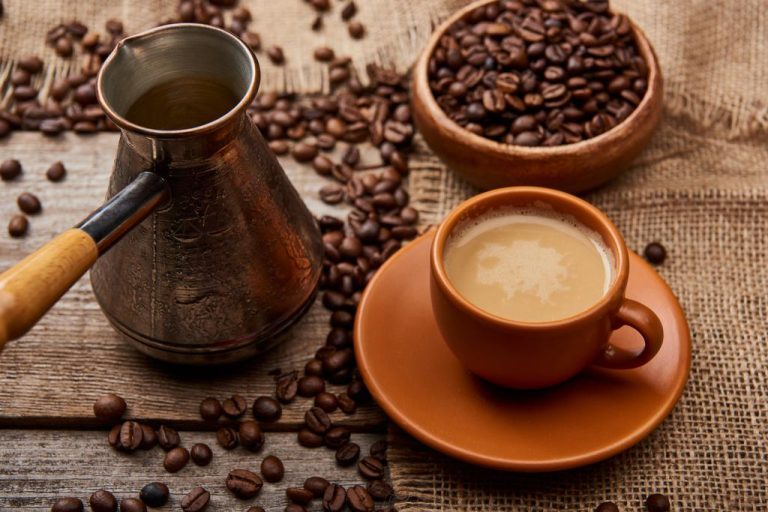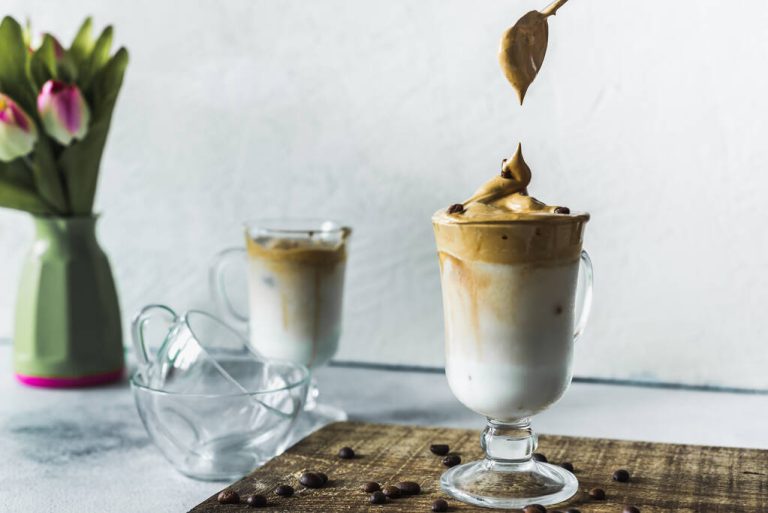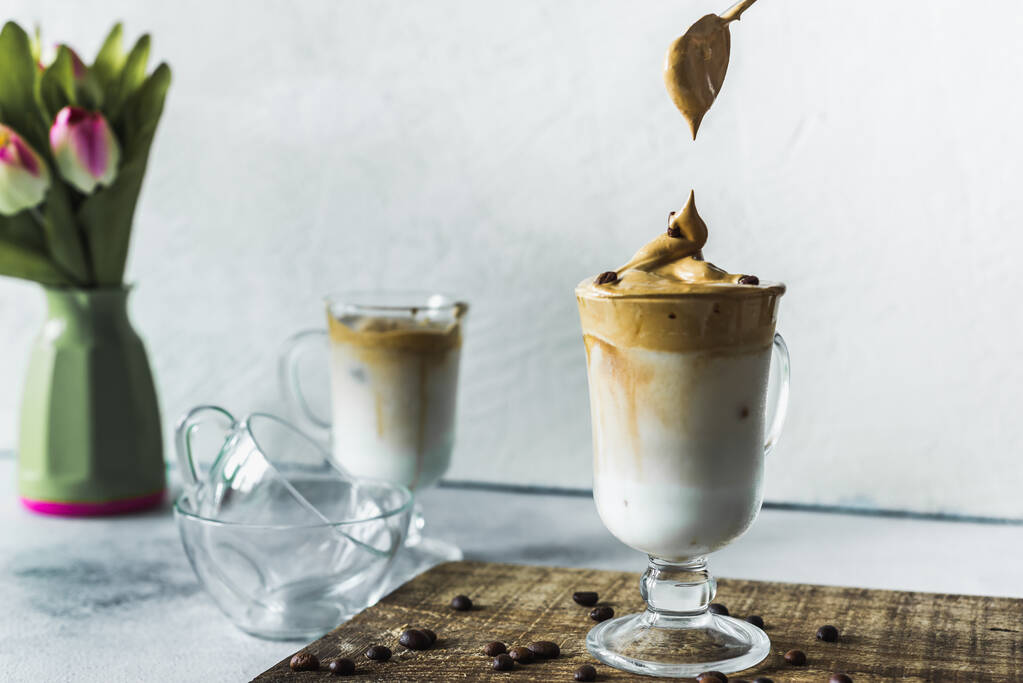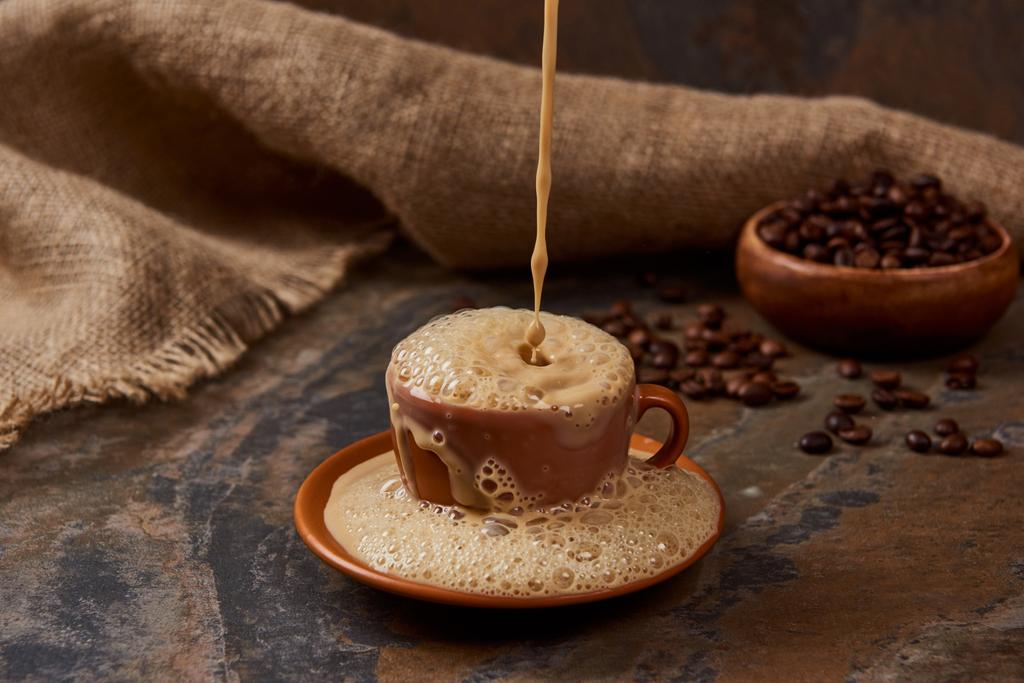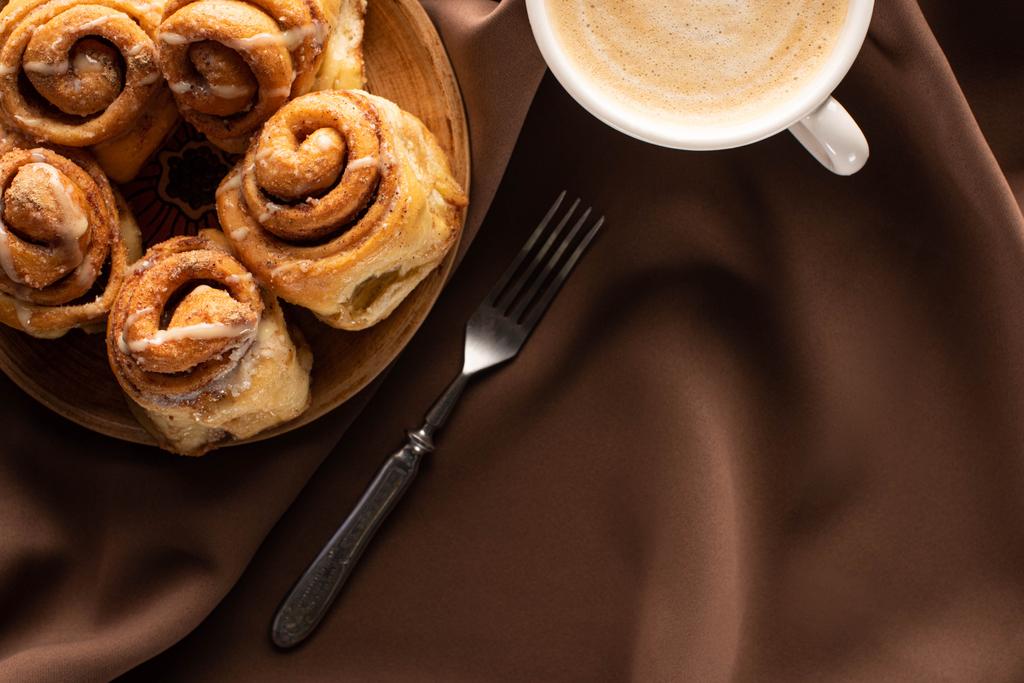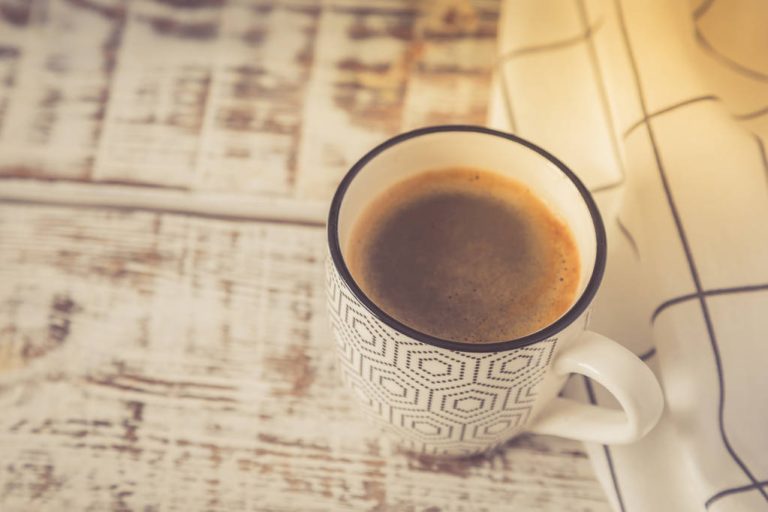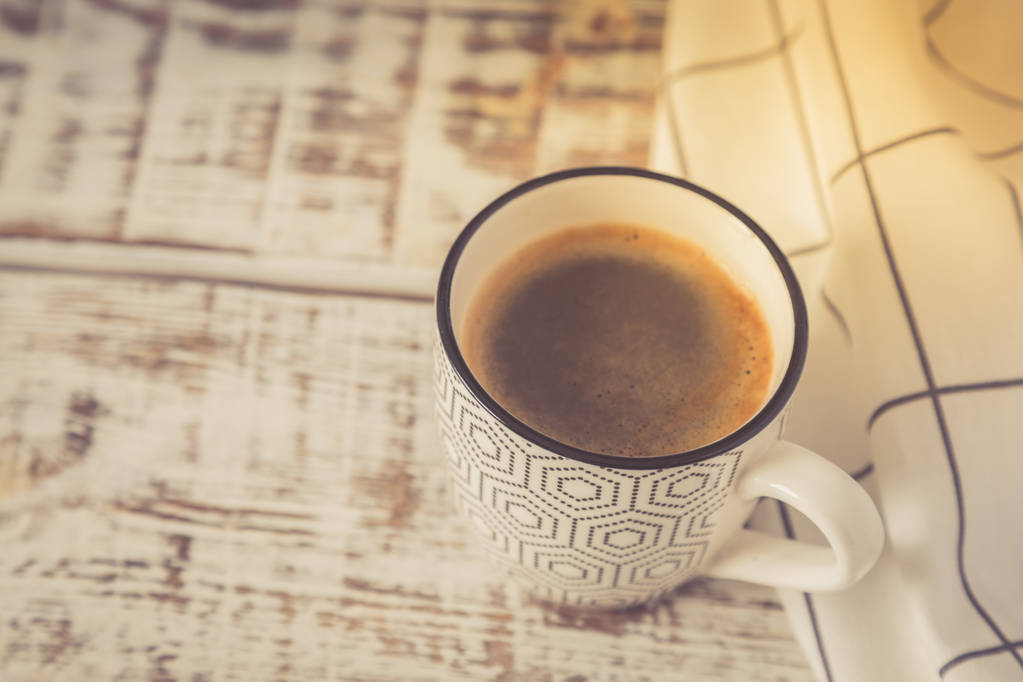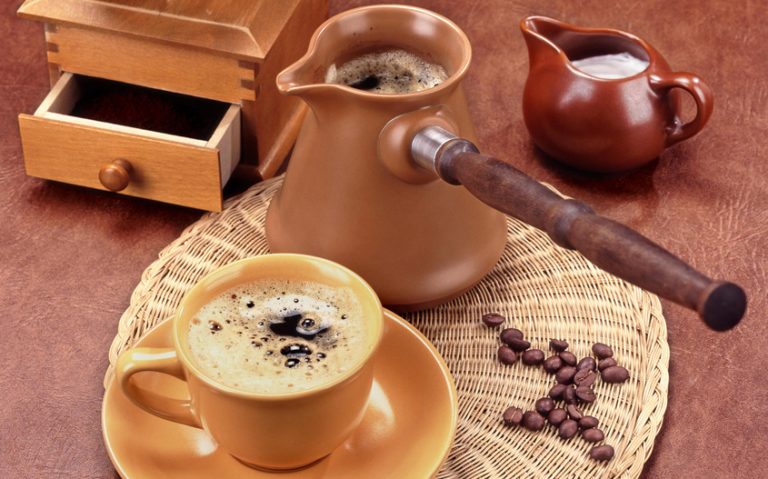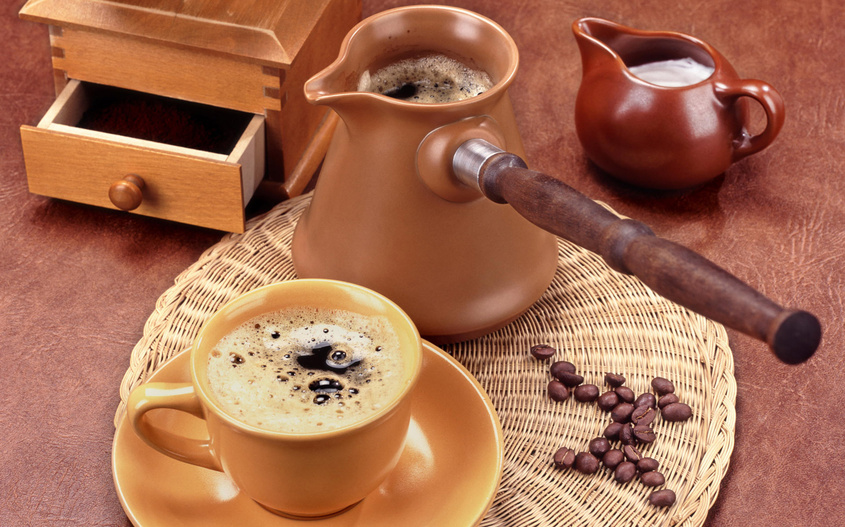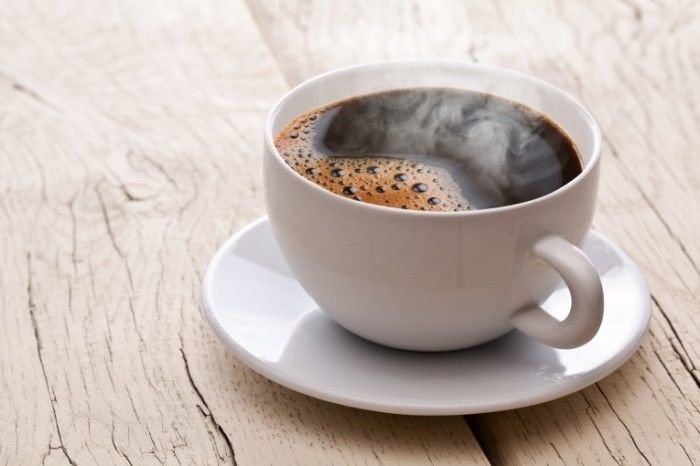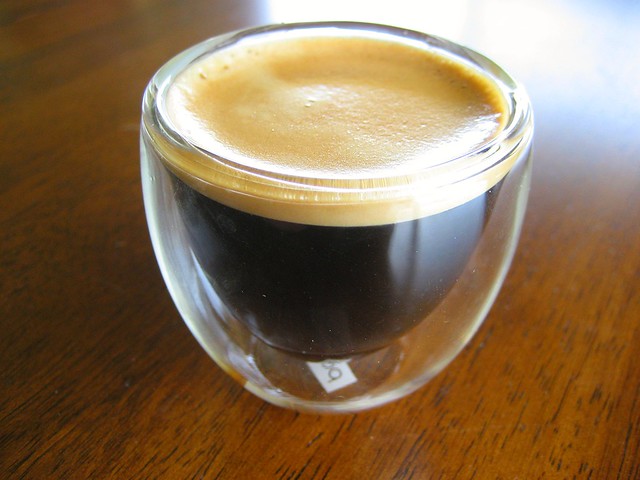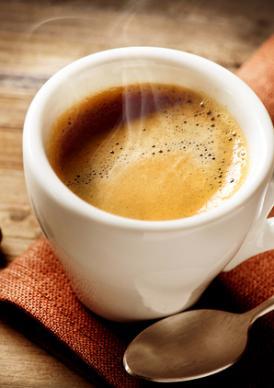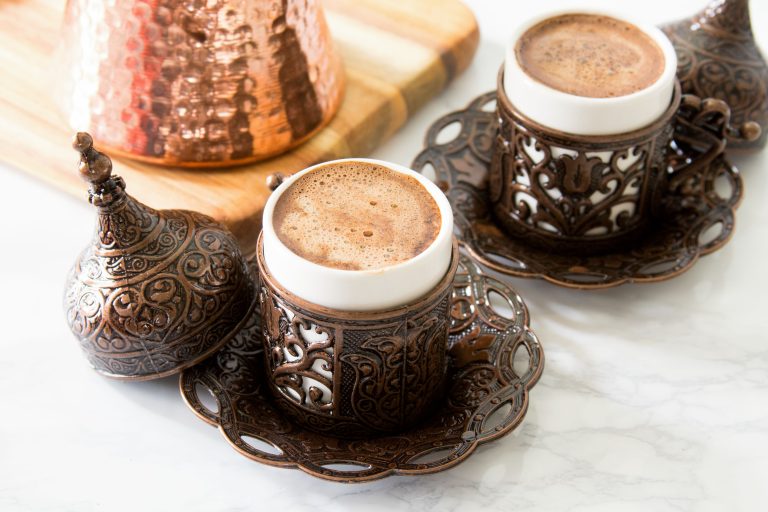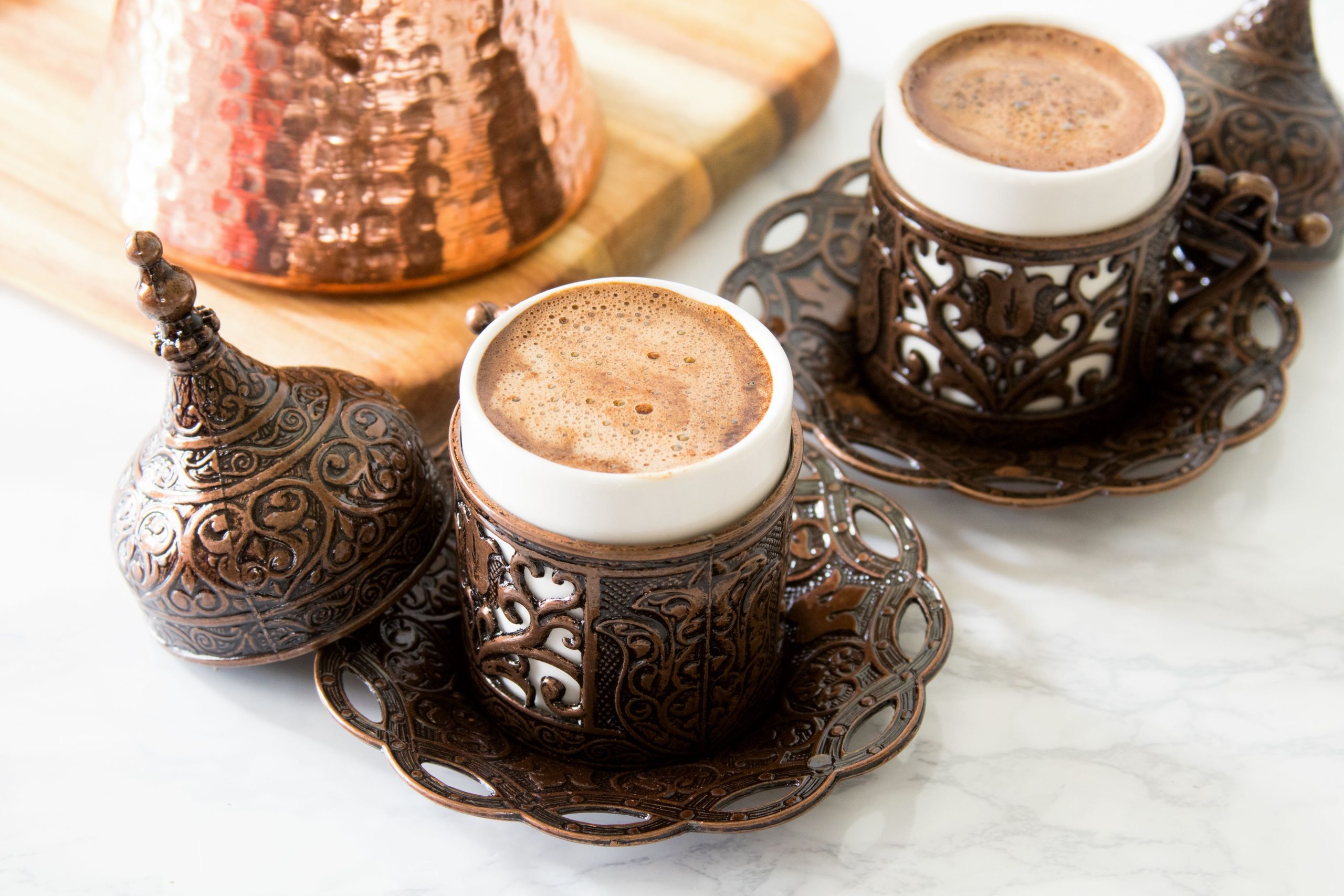You want to prepare the perfect espresso: full-bodied and with a fine crema. But how do you manage that? Do as the Italians do – and stick to the four M-rules. We tell you what is behind it and how to make espresso so that it tastes like in Bella Italia.
Espresso: elixir of life and science
Espresso is not only the elixir of life for the Italians, but also a science in itself. In the motherland of the “caffè”, the little black dress, which is popular all over the world, even got its own institute: the Istituto Nazionale Espresso Italiano has a firm eye on the quality of typical Italian coffee and even has a formula for how the perfect espresso works. These are the ideal conditions:
6.5 to 7.5 g espresso powder
20 to 30 ml of water
86 to 90 degrees Celsius temperature
9 bar pressure
25 to 30 seconds brewing process
Apart from that, it depends on the following four M:
La Miscela – The Mixture
La Macinatura – The Grinding
La Macchina – The Machine
La Mano – The Hand
1. La Miscela – The Mixture
The quality of the espresso stands and falls with the bean. Lovers of a balanced, aromatic taste prefer a high proportion of Arabica beans. Robusta beans are the ultimate for friends of a strong espresso. This intense little black dress is particularly popular in southern Italy. In any case, the fresher the beans, the tastier the coffee. So it is better to buy small quantities and more often than to have large stocks at home.
An espresso bean is roasted more intensively and longer than a normal coffee bean. Therefore, it is typically very dark brown and has a soft sheen. The reason: when roasting for a long time, the aromatic oils escape. This also makes the bean more intense in taste.
2. La Macinatura – The Grinding
Would you like to grind the beans for your espresso yourself? A good idea: Because it doesn’t get any fresher! In order to achieve the best possible result, it is best to afford an espresso grinder with a disc grinder or conical grinder. Both produce homogeneous powder. Specimens with fly knives are less suitable, they chop the beans too unevenly, and the aroma is wasted.
In addition to the right grinder, the degree of grinding is important. It largely determines the taste of the little black dress. If the beans are ground too coarsely, the espresso will be too watery. If the degree of grinding is set too fine, it will become very dark and bitter. Just play around with the different options until you are satisfied with the result. If you are unsure, you can of course use already ground espresso beans.
3. La Macchina – The Machine
First of all, if you want to prepare real espresso, you need a portafilter machine. Because only it brews with the ideal water pressure of 9 bar. These machines are now available in all price ranges. You should pay particular attention to two things when buying: On the one hand, the machine must offer constant pressure and a constant water temperature. In addition, it should be easy to clean. Because old, rotten powder is a taste killer and also not harmless to health.
Tip: You should throw away the first two to three cups from a cleaned machine, they are pretty much undrinkable. The more coffee that runs through the machine, the better it gets. That’s why espresso tastes so good in Italian workers’ bars: a few hundred cups are served there every day.
Even if it is often confused: the Italian term “espresso” does not mean “fast”. There are two explanations. On the one hand the meaning “specifically” or “expressly”. In its early years, the little black beer was only brewed in a few bars and upon express request. The wake-up call, originally called “caffè espresso”, was a coffee “expressly or specially prepared” for the guest. Another explanation relates to the then new preparation with steam and brings espresso in connection with steam locomotives – also known as express trains at the time.
Incidentally, espresso was invented around 1900 in Milan. Incidentally, the Italians themselves usually simply call the pick-me-up “caffè”.
4. La Mano – The Hand
The quality of the beans and the equipment used is of course important. But the final touches of your perfect espresso are in your hands – and that should be taken literally. Take enough time to prepare the espresso. Warm the cup. Put the ground espresso powder in the portafilter and press it into the brewing sieve with the tamper, a kind of stamp. Feeling is called for here: if you press too hard, the water will flow too slowly when brewing. If you press too lightly, it will flow too quickly. It is ideal if the espresso first dribbles into the cup and the subsequent jet is reminiscent of a mouse’s tail.
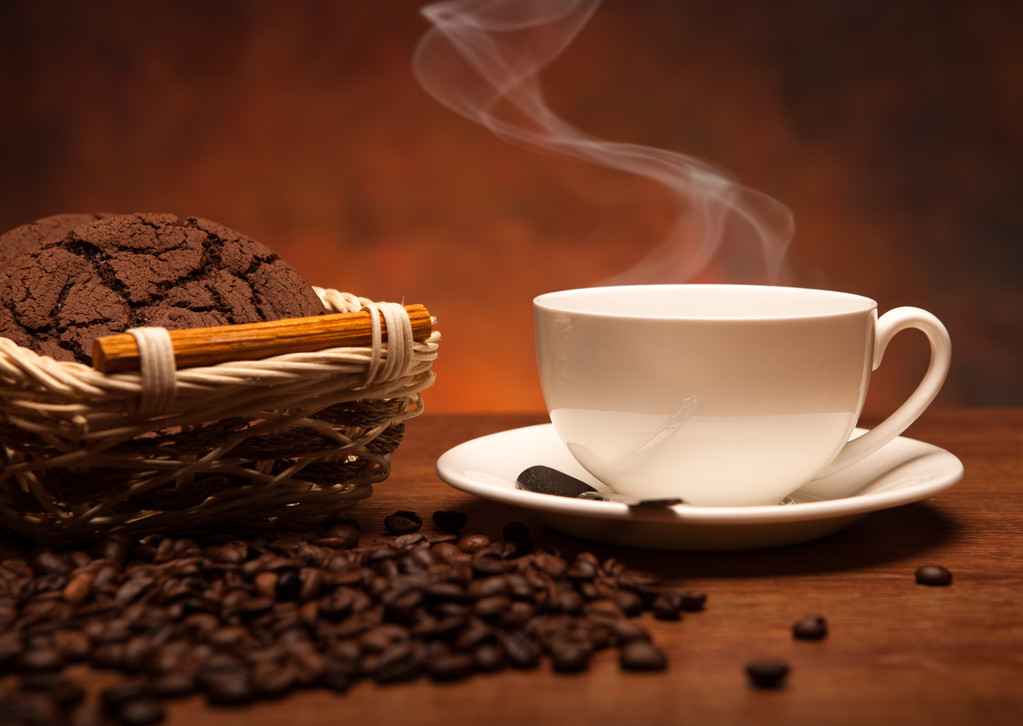
The perfect espresso: balanced and with a fine crema
What characteristics should the perfect espresso have? Its aroma should be balanced and leave a pleasant aftertaste after drinking. The crema is also clearly a quality criterion. It should be between three and four millimeters thick, light brown in color and stable for three to four minutes. After dipping the spoon, it should close slightly again.

